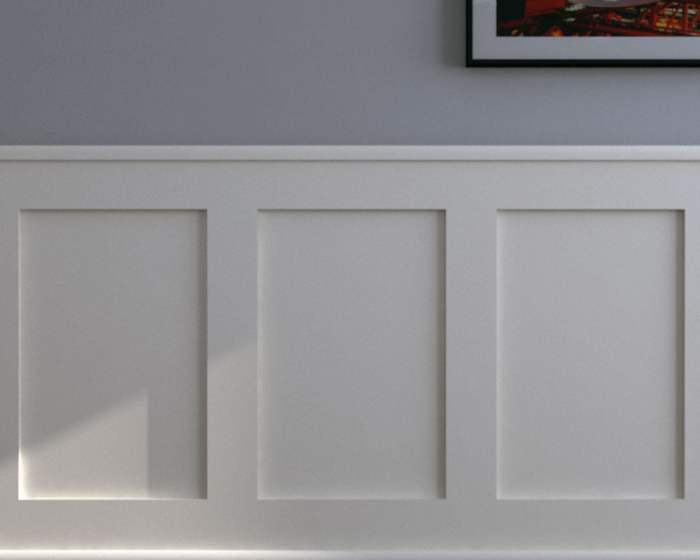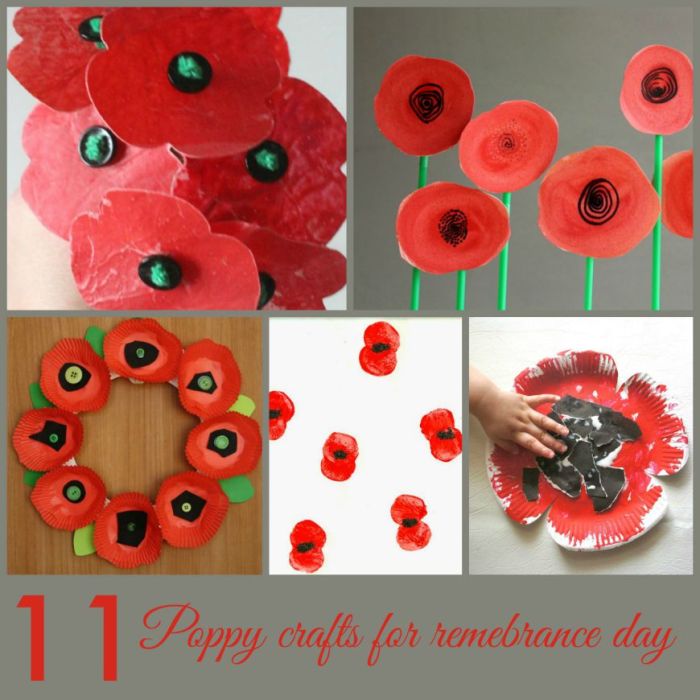Hallway wall panelling ideas – Prepare to step into a world of hallway wall paneling ideas, where style meets functionality, creating a space that captivates. From traditional to contemporary, let’s explore the myriad ways to transform your hallways into works of art.
Unleash your creativity as we delve into the materials, finishes, patterns, and textures that will bring your hallway walls to life. Get ready to discover the power of color schemes, lighting effects, and decorative elements, all tailored to complement the dimensions of your hallway.
Design Styles

Hallway wall panelling can adopt various design styles, each with distinct characteristics and aesthetics. These styles range from traditional to modern, rustic to contemporary, offering homeowners a wide range of options to complement their interior decor.
The choice of design style depends on personal preferences, the overall architectural style of the home, and the desired ambiance. Each style incorporates specific materials, finishes, and design elements that contribute to its unique character.
Traditional, Hallway wall panelling ideas
- Characterized by intricate moldings, raised panels, and a formal appearance.
- Materials: Wood, such as oak, mahogany, or cherry.
- Finishes: Painted or stained in classic colors like white, cream, or dark wood tones.
Modern
- Emphasizes clean lines, geometric shapes, and a minimalist aesthetic.
- Materials: Wood, metal, or acrylic.
- Finishes: Smooth, glossy surfaces in neutral colors like white, black, or gray.
Rustic
- Inspired by natural elements, featuring rough-hewn wood, stone, or brick.
- Materials: Reclaimed wood, barn wood, or stone.
- Finishes: Natural or distressed finishes that showcase the character of the materials.
Contemporary
- Blends traditional and modern elements, creating a timeless and sophisticated look.
- Materials: Wood, metal, glass, or stone.
- Finishes: A mix of natural and painted finishes, with an emphasis on texture and contrast.
Materials and Finishes
Hallway wall panelling can be crafted from a diverse range of materials, each boasting unique advantages and drawbacks. Understanding these materials and finishes empowers you to make informed choices that align with your aesthetic preferences and practical needs.
Materials
- Wood:Timeless and versatile, wood offers warmth and elegance. However, it requires regular maintenance and is susceptible to moisture and pests.
- MDF (Medium-Density Fibreboard):A cost-effective and durable option, MDF is easy to work with and can be painted or veneered. However, it is not water-resistant.
- PVC (Polyvinyl Chloride):Moisture-resistant and low-maintenance, PVC is a practical choice for areas prone to moisture or heavy traffic. It comes in a wide range of colors and finishes.
- Wallpaper:An affordable and versatile option, wallpaper offers endless design possibilities. However, it can be challenging to install and is not as durable as other materials.
Finishes
Once you’ve selected your material, you can choose from a variety of finishes to enhance its aesthetic appeal and durability.
- Paint:Available in countless colors and sheens, paint is a versatile finish that can transform the look of your panelling.
- Stain:Stains penetrate the wood, highlighting its natural grain and enhancing its depth. They offer a more natural look than paint.
- Veneer:A thin layer of real wood applied to a substrate, veneer provides the beauty and warmth of wood at a more affordable price.
Patterns and Textures
Hallway wall panelling offers a fantastic opportunity to introduce patterns and textures that elevate the space’s visual appeal. These elements add depth and character, transforming a mundane corridor into a captivating and inviting passageway.
Patterns, such as stripes, chevrons, or geometric designs, create a sense of rhythm and movement, guiding the eye along the hallway. They can also delineate different areas within the space, such as the entryway or a seating nook.
Tactile Textures
Textures add a tactile dimension to wall panelling, inviting touch and creating a multi-sensory experience. Rough-hewn wood, smooth marble, or velvety fabrics bring a touch of luxury and warmth to the space. Textured panelling can also conceal imperfections in the walls, making it a practical and stylish solution.
Geometric Patterns
Geometric patterns, such as hexagons, diamonds, or triangles, create a modern and striking look. They can be arranged in various configurations to create unique and eye-catching designs. Geometric patterns are particularly effective in narrow hallways, as they add visual width and depth.
Natural Elements
Incorporating natural elements into wall panelling brings a touch of the outdoors into the hallway. Stone, wood, or bamboo panelling creates a warm and inviting atmosphere, while metallic accents add a touch of glamour. Natural materials also provide durability and longevity, making them a wise investment for high-traffic areas.
Color Schemes
The color scheme of your hallway wall panelling can greatly impact the overall ambiance of the space. When selecting colors, consider the design style, the dimensions of the hallway, and the amount of natural light available.
Neutral Schemes
- Neutral colors, such as white, cream, and gray, are a versatile choice that can complement any design style.
- They create a clean and airy feel, and can help to make a narrow hallway appear more spacious.
- For a touch of warmth, add accents in beige, brown, or black.
Bold Schemes
- If you want to make a statement, consider using bold colors such as navy blue, emerald green, or burgundy.
- These colors can create a dramatic and sophisticated look, and can be used to highlight architectural features or create a focal point.
- To avoid overwhelming the space, use bold colors sparingly, and pair them with lighter neutrals.
Complementary Combinations
- For a harmonious look, choose colors that complement each other on the color wheel.
- For example, blue and orange, green and red, or purple and yellow can create a visually appealing contrast.
- Use one color as the dominant shade, and the other as an accent.
Lighting Effects
The strategic use of lighting can elevate the visual appeal of hallway wall panelling, creating an atmosphere that enhances both functionality and aesthetics.
Lighting can be employed in various forms, each serving a distinct purpose:
Ambient Lighting
- Provides overall illumination, creating a comfortable and inviting ambience.
- Typically achieved through recessed ceiling lights, chandeliers, or wall-mounted fixtures.
Accent Lighting
- Highlights specific features or artwork on the wall panelling.
- Employs directional spotlights or picture lights to draw attention to focal points.
Task Lighting
- Provides focused illumination for specific tasks, such as reading or grooming.
- Utilized in the form of table lamps, wall-mounted sconces, or under-cabinet lighting.
Decorative Elements
Incorporate decorative elements into hallway wall panelling to enhance visual appeal and create a cohesive design. These elements can include moldings, trim, and artwork.
Moldings and Trim
Moldings and trim can add depth, dimension, and a touch of elegance to wall panelling. Consider using crown molding to define the ceiling line, chair rails to create a separation between the upper and lower walls, and baseboards to protect the walls from damage.
Artwork
Display artwork on the wall panelling to add color, texture, and personality to the hallway. Choose pieces that complement the overall design scheme and reflect your personal style. Hang paintings, photographs, or sculptures in a symmetrical or asymmetrical arrangement.
Hallway Dimensions
The dimensions of a hallway play a crucial role in determining the design of wall panelling. The width, length, and height of the hallway influence the choice of panelling style, pattern, and material.
Narrow Hallways
In narrow hallways, it’s essential to use panelling that creates an illusion of width. Vertical panelling or panelling with horizontal lines can make the hallway appear wider. Avoid using dark colors or large patterns, as these can make the space feel even narrower.
Wide Hallways
Wide hallways offer more flexibility in panelling design. Both vertical and horizontal panelling can be used effectively. Bold patterns and colors can add visual interest and create a dramatic effect.
Long Hallways
Long hallways can benefit from panelling that breaks up the monotony of the space. Using different panelling styles or materials in different sections of the hallway can create a sense of movement and interest. Consider using accent walls or panelling with decorative details to add visual appeal.
Vertical vs. Horizontal Panelling
Vertical panelling creates an illusion of height, making a hallway appear taller and narrower. This is a suitable choice for hallways with low ceilings or those that need to feel more spacious.Horizontal panelling, on the other hand, emphasizes width, making a hallway appear wider and shorter.
This is ideal for wide hallways or those that need to feel more intimate and cozy.
Design Effects
* Vertical panelling can be used to create a more formal and traditional look, while horizontal panelling can create a more modern and contemporary feel.
Vertical panelling can be used to highlight architectural features, such as high ceilings or large windows, while horizontal panelling can be used to create a more cohesive and unified look.
Maintenance and Durability
Maintaining hallway wall panelling is crucial to ensure its longevity and pristine appearance. Different materials require varying levels of care, and understanding their specific needs is essential.
Regular cleaning is the cornerstone of panelling maintenance. Use a soft, damp cloth to wipe down surfaces, removing dust and dirt. Avoid abrasive cleaners or harsh chemicals that can damage the finish.
Cleaning Methods
- Wood Panelling:Use a wood cleaner specifically designed for the type of finish (e.g., oiled, lacquered). Avoid excessive moisture.
- MDF Panelling:Wipe with a damp cloth. Avoid using water directly on the surface, as it can cause swelling.
- PVC Panelling:Clean with a mild detergent solution. Avoid using abrasive materials.
- Metal Panelling:Use a metal cleaner or mild detergent solution. Avoid using steel wool or abrasive pads.
Budget Considerations
Installing hallway wall panelling involves various costs that should be considered before embarking on the project. These costs can vary depending on the materials used, the complexity of the design, and the labor required for installation.
The choice of materials plays a significant role in determining the overall expense. Natural wood panelling, such as oak or mahogany, is generally more expensive than engineered wood or MDF (Medium-Density Fiberboard). The intricacy of the design also affects the cost, with more elaborate patterns and moldings requiring additional labor and materials.
Labor Costs
Labor costs can vary depending on the skill level of the installer and the complexity of the installation. Installing panelling on straight walls is typically less expensive than installing it on curved or angled walls. Additionally, any additional features, such as built-in shelves or lighting, can increase the labor costs.
Other Factors
Other factors that can affect the budget include the size of the hallway, the height of the walls, and the need for any preparatory work, such as repairing or replacing damaged drywall. It’s important to obtain quotes from multiple contractors to compare costs and ensure you’re getting the best value for your money.
Inspiration Gallery: Hallway Wall Panelling Ideas
Get inspired by a curated collection of visually captivating hallway wall panelling designs. Explore a diverse range of styles, materials, and color schemes to spark your creativity and transform your hallway into a stunning and welcoming space.
Modern Elegance
- Sleek and contemporary designs with clean lines and neutral tones.
- Use of geometric patterns and metallic accents for a touch of sophistication.
Example
Whitewashed oak panels with brass inlays.
Rustic Charm
- Warm and inviting designs featuring natural wood and stone elements.
- Incorporate distressed finishes and organic textures for a cozy and lived-in feel.
Example
Reclaimed barn wood panels with exposed grain.
Bohemian Rhapsody
- Eclectic and colorful designs that embrace bold patterns and ethnic influences.
- Use of vibrant hues, intricate textiles, and unique textures.
Example
Moroccan-inspired tile panels with geometric patterns and vibrant colors.
Coastal Escape
- Serene and airy designs that evoke the tranquility of the ocean.
- Use of light blues, greens, and whites with natural materials like wicker and jute.
Example
Shiplap panels painted in a soft seafoam green.
Industrial Edge
- Edgy and urban designs that incorporate raw materials and exposed elements.
- Use of metal, concrete, and reclaimed wood for a modern and industrial aesthetic.
Example
Corten steel panels with a rusted finish.
Closing Summary
As we bid farewell to this exploration of hallway wall paneling ideas, let the inspiration linger. Remember, your hallway is not just a passageway; it’s a canvas upon which you can paint a masterpiece of design. Embrace the ideas presented here, and let your hallway become a reflection of your unique style and personality.
General Inquiries
What are the benefits of installing hallway wall paneling?
Hallway wall paneling offers numerous benefits, including enhanced aesthetics, protection against wall damage, improved insulation, and the ability to conceal unsightly wires and cables.
How do I choose the right material for hallway wall paneling?
Consider factors such as durability, moisture resistance, ease of maintenance, and the overall style you want to achieve. Popular materials include wood, MDF, PVC, and wallpaper.
Can I install hallway wall paneling myself?
While it’s possible to DIY hallway wall paneling, it’s recommended to hire a professional installer for a flawless finish and to ensure proper alignment and durability.


